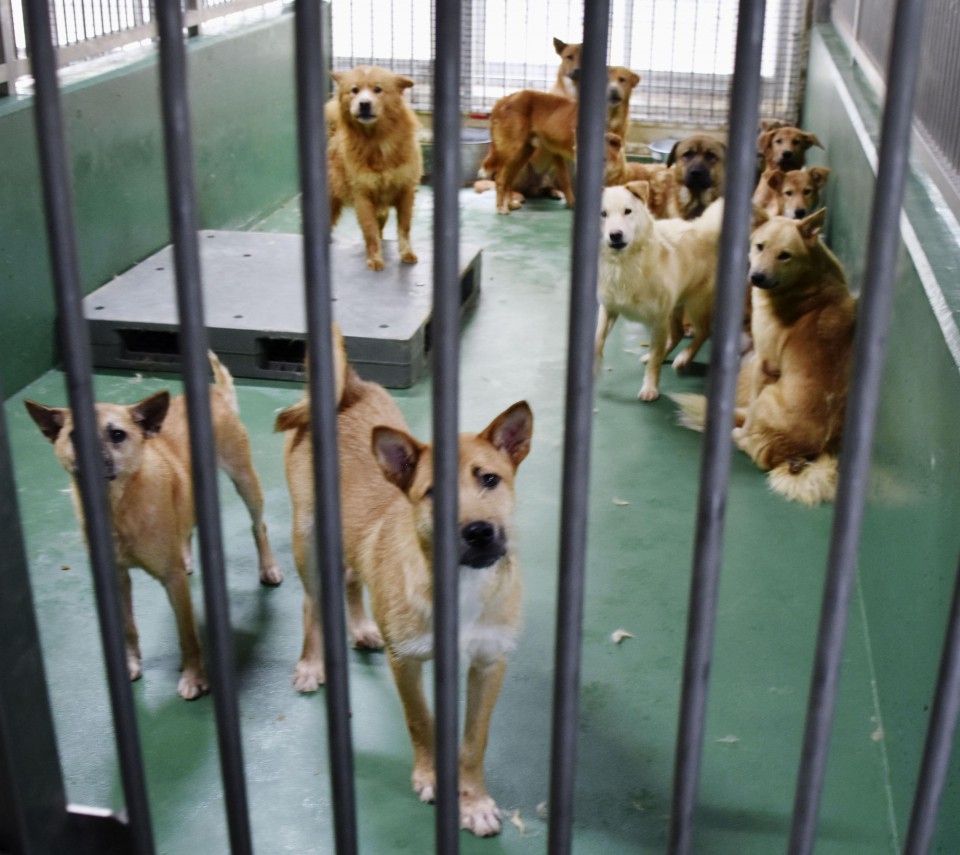Ibaraki Prefecture, long known for culling the largest number of shelter and stray dogs in Japan, did not euthanize any in the fiscal year ended March thanks to the country's first ordinance obliging pet owners to shoulder greater responsibility.
But animal welfare groups say there are many issues that need to be addressed in order to continue avoiding culls in the prefecture northeast of Tokyo as animal shelters are becoming crowded.

Abandoned dogs and cats are culled when new homes cannot be found or they are deemed "unsuitable" for re-homing transfer due to illness or behavior.
In the prefecture, many farmers had allowed their dogs to roam and breed freely, leading to the culling of around 18,600 dogs in fiscal 1990.
Ibaraki euthanized the largest number of shelter and stray dogs for eight straight years through fiscal 2012 and had since ranked high among Japan's 47 prefectures in terms of the culling of dogs and cats, although the figure fell gradually due to a decline in the number of stray dogs.
To improve the situation, the prefectural government became the first in the country to implement an ordinance in December 2016 to prevent the culling of dogs and cats.
The ordinance placed emphasis on owners' responsibilities, requesting that they microchip their pets for identification and limit breeding, while directing them not to leave their dogs unattended.
The prefecture also obliged sellers and others transferring pets to ensure that their new owners could take care of them.
Other measures include so-called "community cat" activities in which local residents look after stray cats, supporting animal welfare groups and subsidizing spaying and neutering.
The efforts have borne fruit, as the prefecture did not cull any dogs in the previous fiscal year, while reporting only one cat euthanized because of severe injuries.
However, no culled dogs means more in shelters.
In early August, there were nearly 200 dogs deemed "unsuitable for transfer" at the only animal shelter administrated by the prefecture.
"The number of dogs has increased and the facility is overcrowded. We cannot say that their living conditions are appropriate and we are barely keeping up with operations," said Keiko Morishima, the center's director.
The same point was made by Makomi Tsuruta, head of CAPIN, a nonprofit organization in the prefecture.
"Animal welfare groups have contributed greatly to realize the zero killing (of animals), but our shelters are overcrowded," she said.
Even now there are days when 10 dogs are brought to the prefecture's shelter, some because owners are unable to take care of them.
People involved in animal welfare say that unless there is a decline in the number of new animals arriving at shelters, avoiding culling will be difficult.
They also say that it is important to continue informing people about how to be responsible pet owners.










